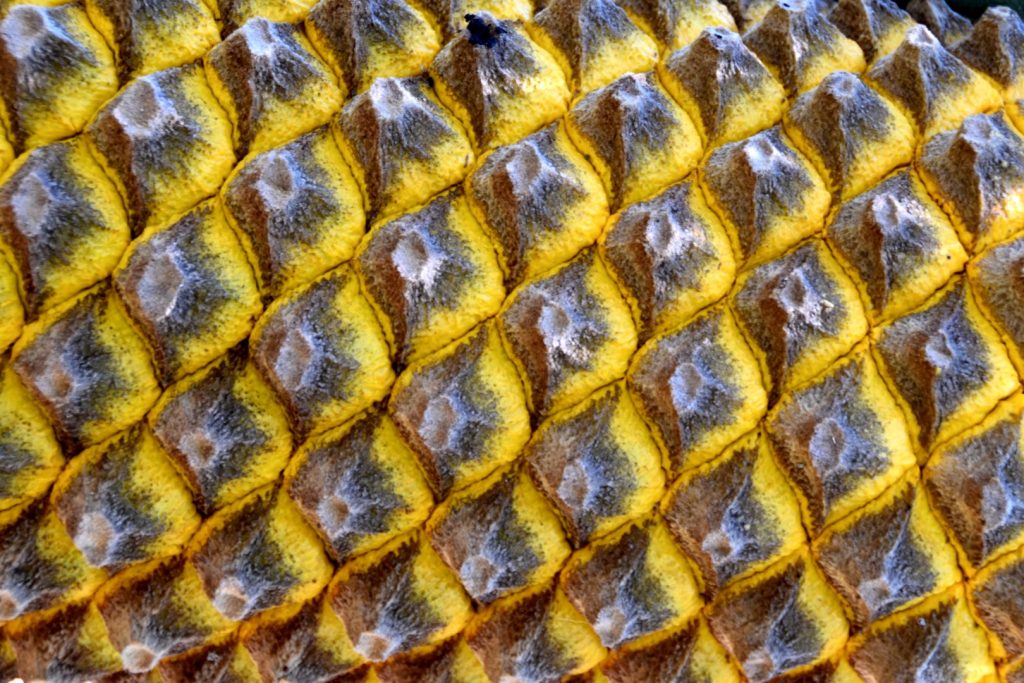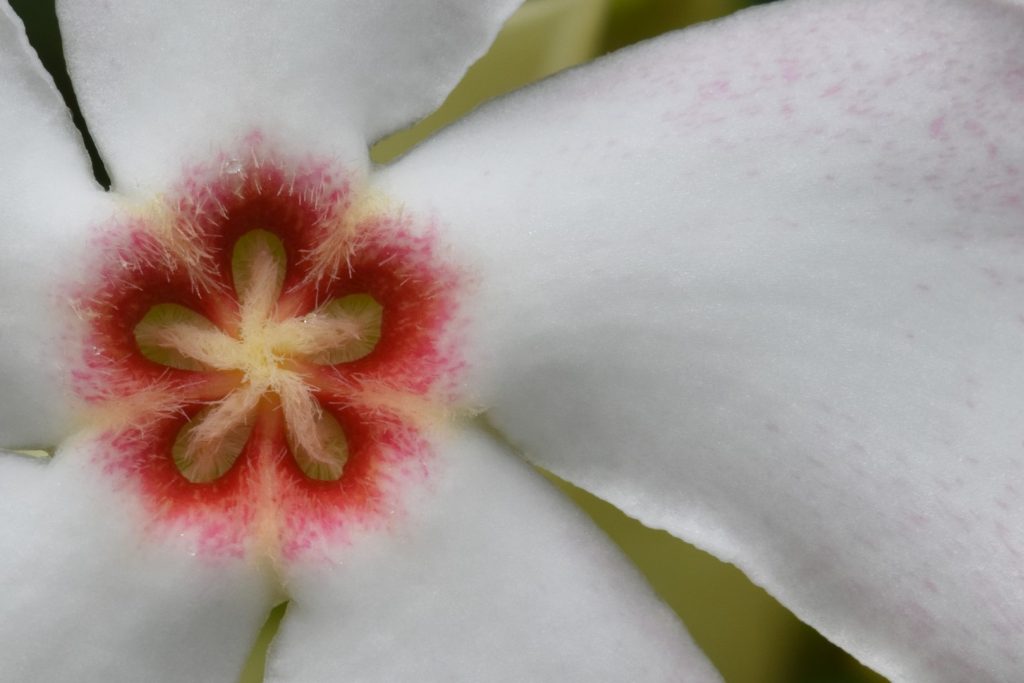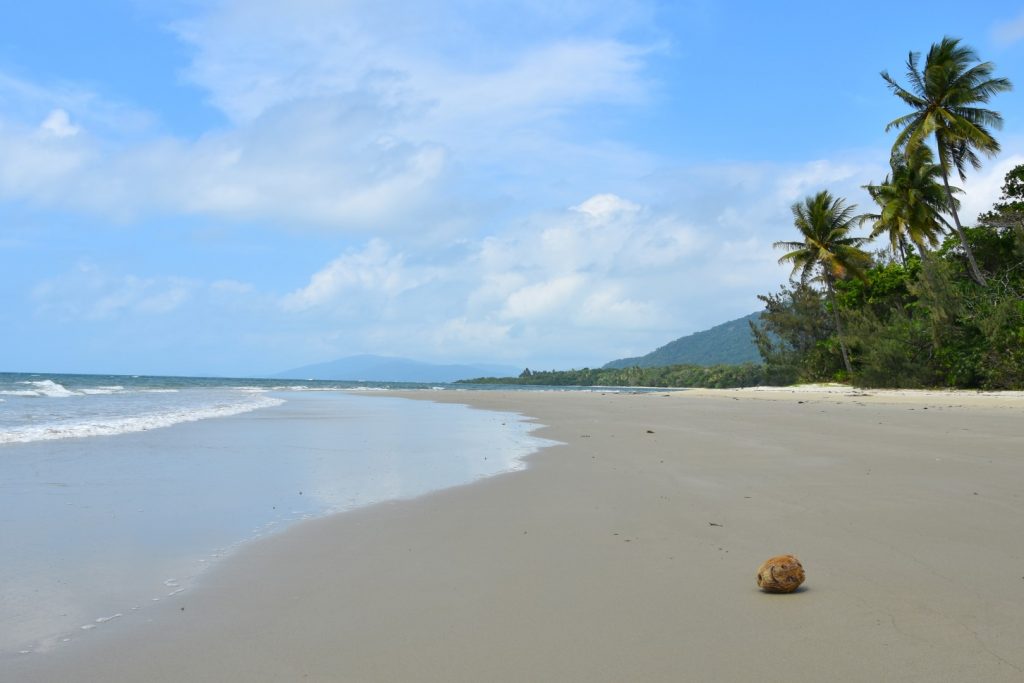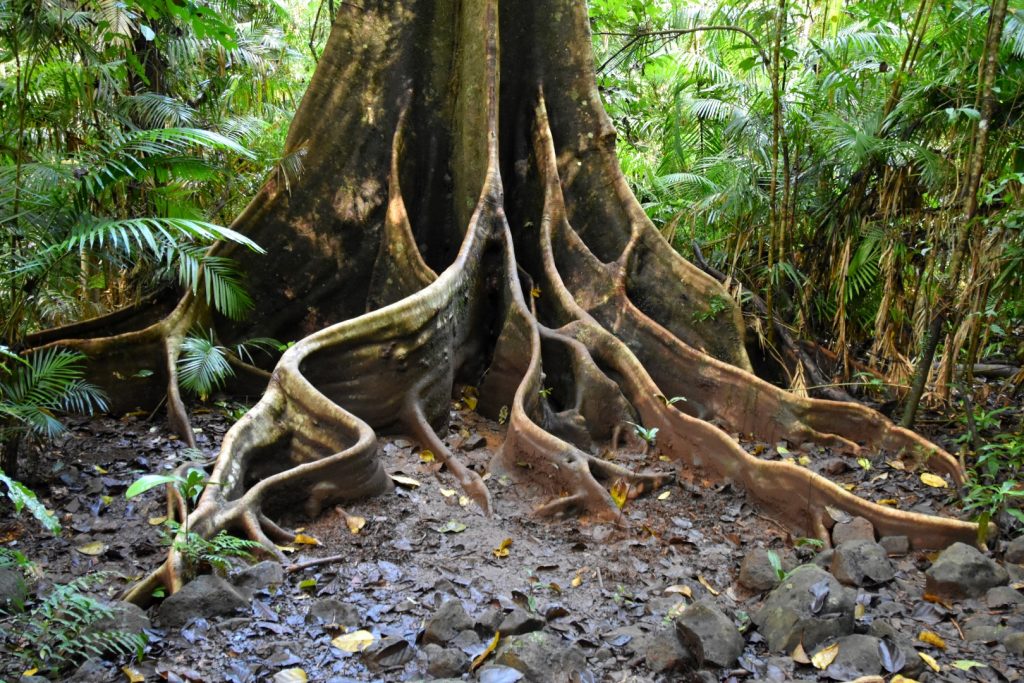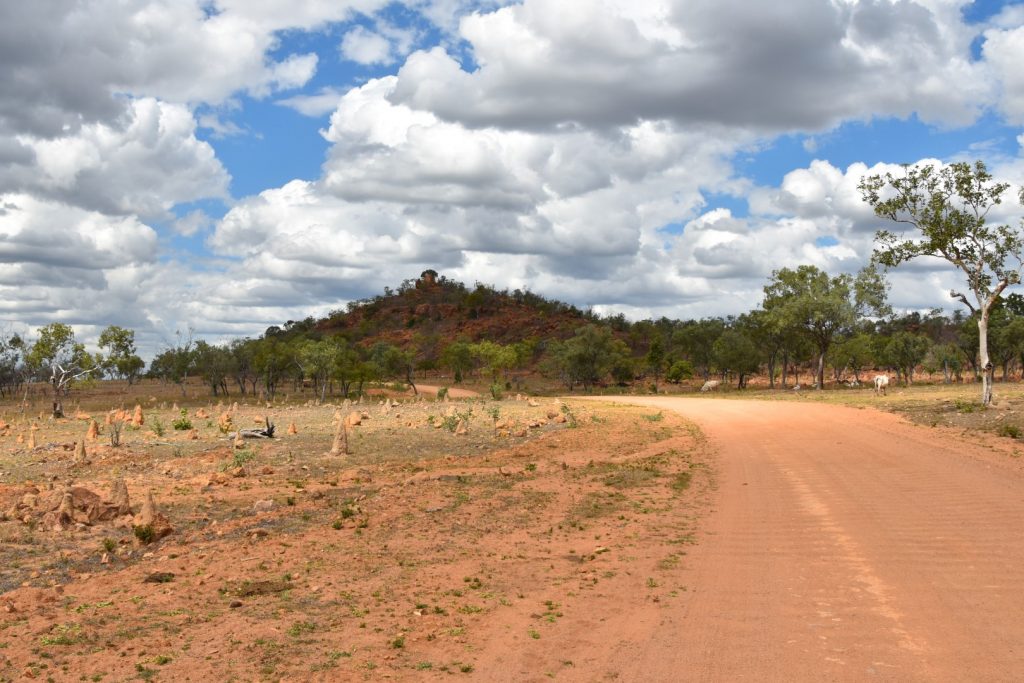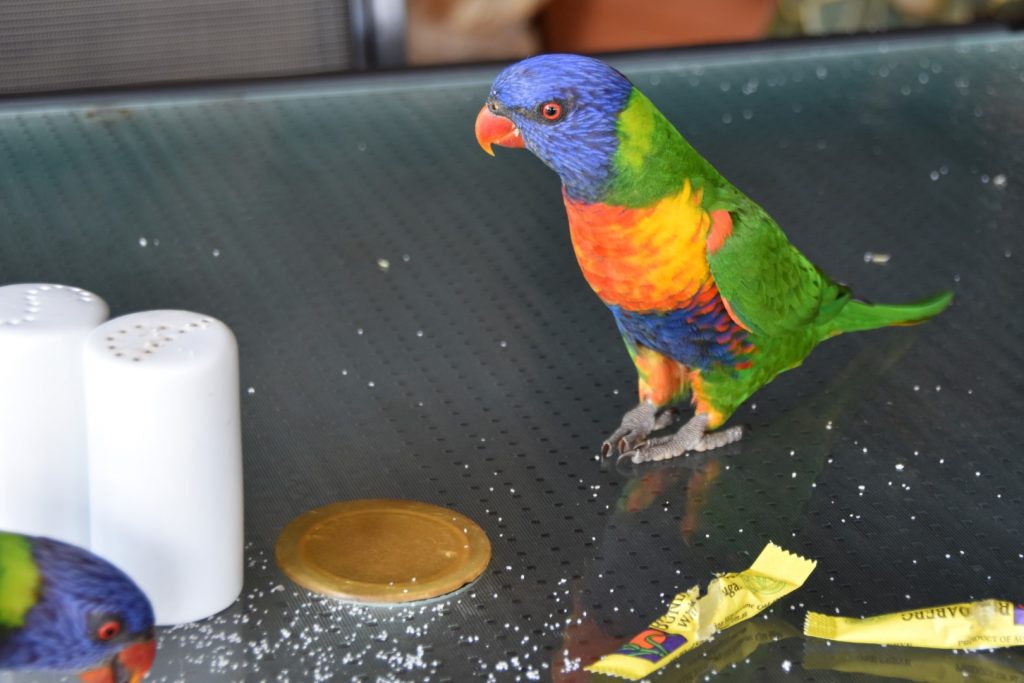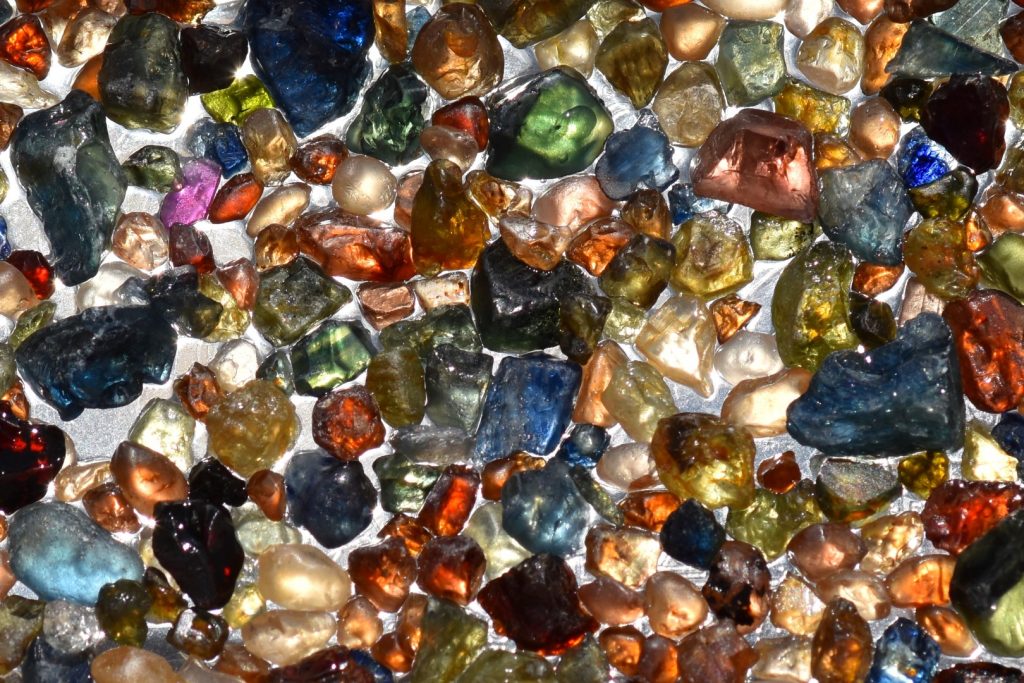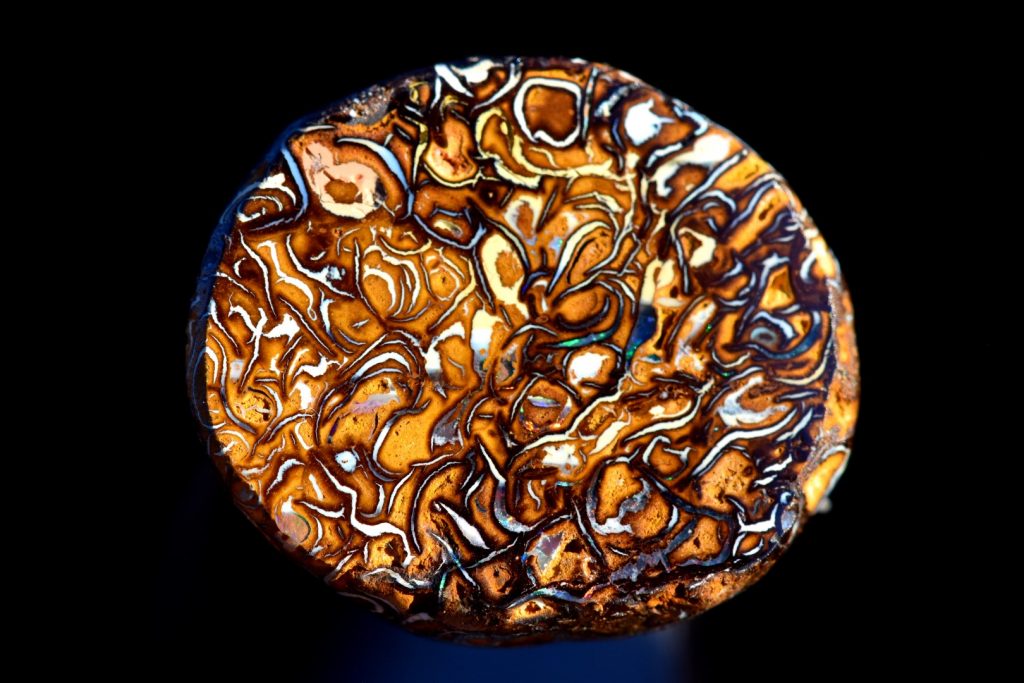I’ve done some driving in the last week or two, I’m sitting at Tennant Creek in the Northern Territory and it’s about 36 in the shade. Strange to think that only a couple of weeks back I was suffering from the cold back in Tingha, in fact I still have the little fan heater out in the back of the troopy, figure I could pack it away now as nights rarely get to 10 or less. The picture above was somewhere in Northern Queensland just before dawn, the sky was the bluest blue I’ve seen in a long time.
Queensland
I’ve realized lately that in life we make our own successes and failures to a great extent. It’s also being drummed into me just how responsible we are for our own health and welfare. Now I’m not sure if I’m explaining myself very well, but, although I have the option of doing pretty much nothing at all, all day every day, I can’t help but be driven to strive forward in doing things, because that’s just part of who I am, part of my makeup.
If you haven’t read it already, start with the post “The Daintree” for a general post about the area.
At around 160 million years old the Daintree is the most ancient continual rain forest in the world, the area boasts the largest concentration of plants which are rare or threatened by extinction anywhere in the world. It has one of the highest concentrations of primitive plants found anywhere in the world, of the 19 primitive plant species found in the world, 12 are in the Daintree. That’s the same number as you’d find in all the rain forests of South America including the whole of the Amazon. There are also 28 mangrove species within the Daintree while Australia only has 36 species on total.
The Daintree rain forests are filled with life of all shapes and sizes and as the forest is so productive some of the animals can be quite large like these Cassowaries. Cassowaries live predominantly on a diet of fruit and the fruit around here is so plentiful, everywhere you walk there are fruits and berries of all shapes and colours scattered on the ground.
This is country you really need to see, it has it all, lush tropical rain forests rated as some of the best in the world and also the most ancient rain forest anywhere in the world. The rain forest grows right down to the beautiful tropical beaches, wide stretches of clean sand skirted by the jungle and coconut palms. Oh and just off in the ocean? Only the Great Barrier reef, one of the seven wonders of the natural world or perhaps I just made that up. And yes, that a coconut with a smiley face in the picture above, it was laying on the beach.
Leaving Mt Surprise I drove east heading for the coast, it’d been a while since I’d seen the ocean and I was looking forward to a cool change. Strange, I dug dirt in the dry heat at O’briens creek during the morning, then packed up and left about lunch time. Within a couple of hours I was in the Atherton Tablelands, things had changed from being hot sunny and dry, down to 15 degrees, wet and rainy with mist and fog with lush rain forest lining the road.
Corrugated dirt roads, termite mounds, cattle and harsh country, that’s what it’s all about up this way, and the clouds starting to roll in as the wet season approaches. This is Mount Surprise, or more precisely, O’Brien’s creek which is 35km further down this little dirt road. I arrived here at about 3 in the afternoon after two days of driving and what a joy. The campsite here is huge, it’s $10 a night per person and includes toilets and showers, rubbish bins and good clean drinking water if you need it. The campsite is right on Elizabeth creek and it’s magnificent, a huge variety of birds live around the area and galahs make a lot of boisterous noise early in the mornings and late in the afternoons.
It wasn’t me, I don’t even like sugar……. He did it…..
Ok, these birds have nothing to do with fossicking around the area but I couldn’t start another post with more pictures of rocks. I was going to start with a spider picture but figured I should put that at the end rather than the start. Rubyvale, Sapphire, Anakie, Glenalva, The Willows, they are the small towns that make up the central Queensland gemfields, a mixture of little ramshackle settlements, and public fossicking areas all based around sapphire mining. For most travelers who visit the area the fossicking will consist of sieving the buckets or bags of dirt from one or more of the many different places selling them. Those more intrepid people may go to a fossicking area and work hard trying to find a good stone.
Oh no, not more bloody rocks…! Yes, it’s more rocks, shiny, colourful and when I’m exceptionally lucky, nice clear rocks like many of the ones in the picture above. This is an assortment of what I’ve found in the central Queensland gemfields around the Rubyvale/Sapphire areas. The variety in colours of the sapphire and zircon up here is far more exciting than down in Inverell where I was a few weeks back.
Yowah, a strange name and a strange place, but I love it here. The town is situated over 900kms inland from Brisbane and 130km west of Cunnamulla. Yowah’s population fluctuates markedly with the seasons with a residential population of only about 60 people, this boosts to around 250 during the cooler months.


